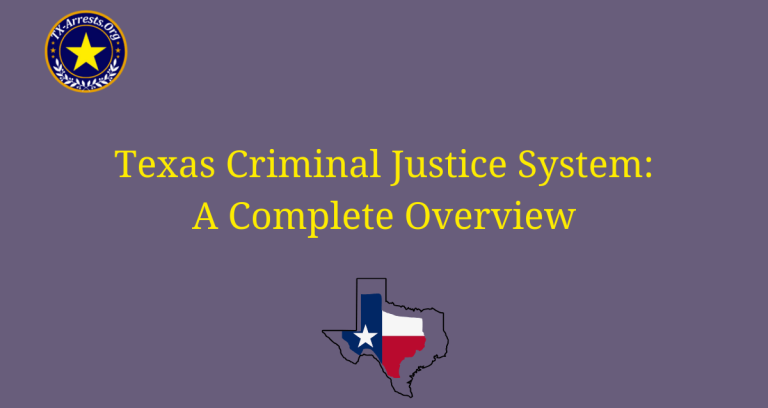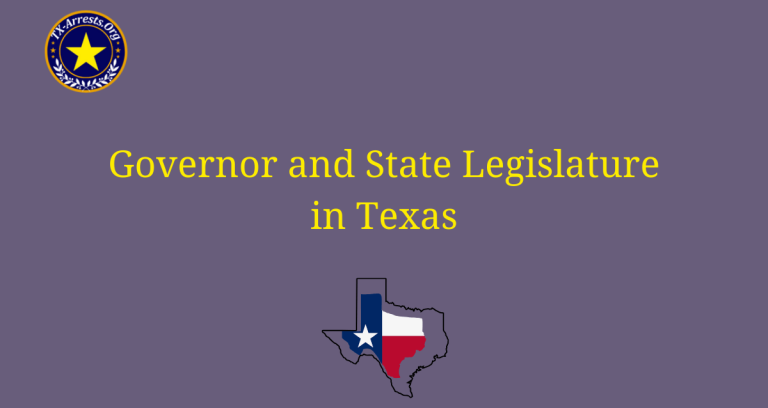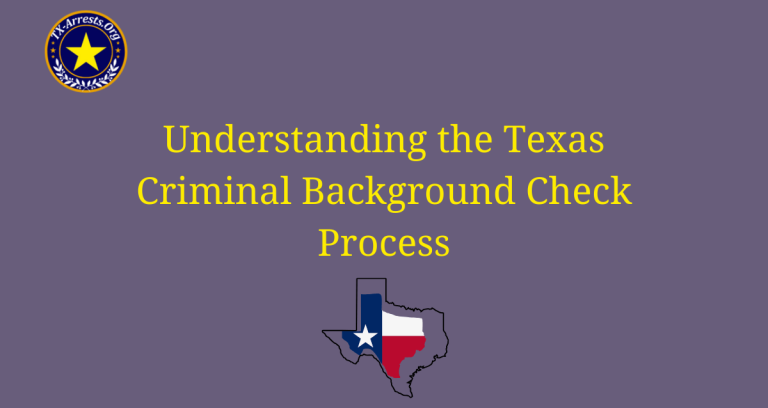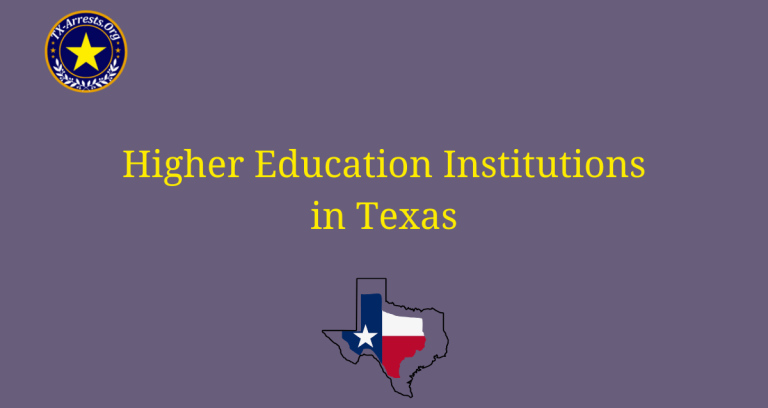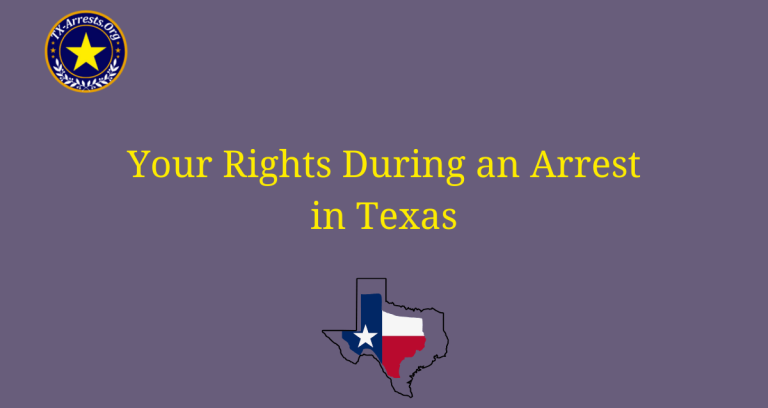Texas State Government Structure: An Overview
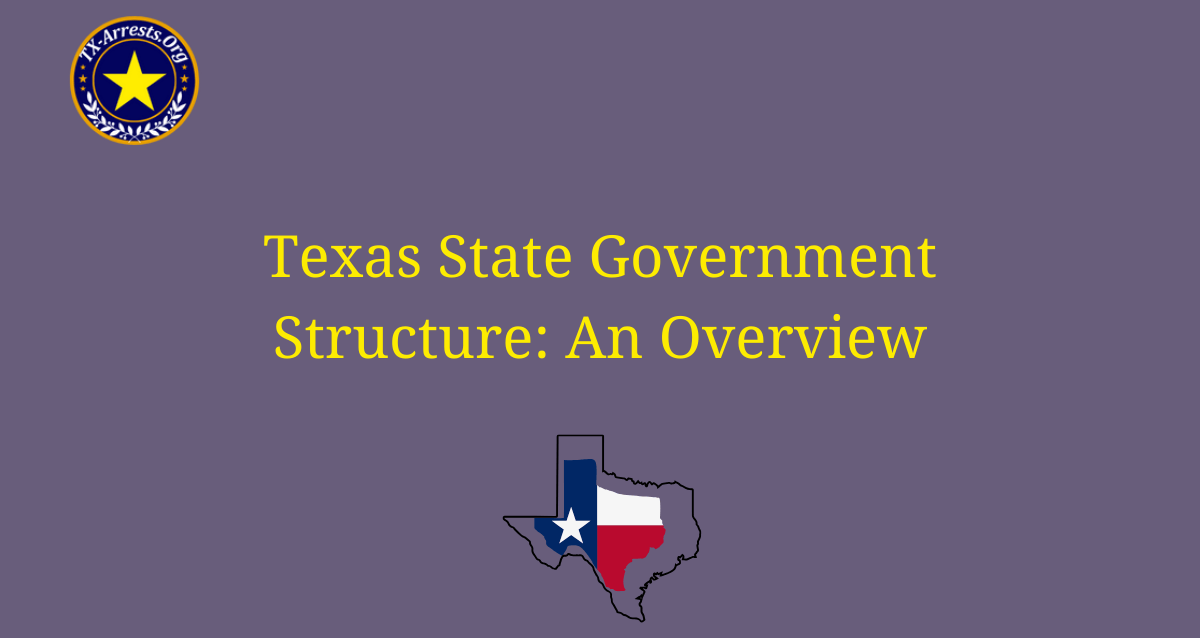
The Texas state government structure is a complex system that is designed to ensure the effective governance of the state. It consists of three branches: the executive branch, the legislative branch, and the judicial branch. Each branch has its own distinct roles and responsibilities, but they all work together to uphold the principles of democracy and serve the people of Texas.
The executive branch is headed by the governor, who is elected by the citizens of Texas. The governor is responsible for implementing and enforcing laws, managing the state’s budget, and overseeing various state agencies. The governor also has the power to appoint individuals to key positions within the government, such as department heads and judges.
Branches of the Texas State Government
The Texas state government is comprised of three branches: the executive branch, the legislative branch, and the judicial branch. Each branch has its own distinct roles and responsibilities, working together to ensure effective governance and uphold the principles of democracy.
The Executive Branch
The executive branch is headed by the governor, who is elected by the citizens of Texas. The governor is responsible for implementing and enforcing laws, managing the state’s budget, and overseeing various state agencies. This branch plays a crucial role in the day-to-day operations of the state government and is responsible for executing the laws passed by the legislative branch.
The Legislative Branch
The legislative branch is responsible for making laws and consists of two chambers: the Texas Senate and the Texas House of Representatives. The members of both chambers are elected by the people of Texas. This branch is responsible for proposing and passing legislation, as well as representing the interests of the citizens. The legislative branch plays a crucial role in shaping the policies and laws that govern the state.
The Judicial Branch
The judicial branch is responsible for interpreting and applying the laws of Texas. It consists of various courts, including the Texas Supreme Court, the Court of Criminal Appeals, and district courts. Judges within the judicial branch are appointed or elected, depending on the specific court. This branch ensures that the laws passed by the legislative branch are applied fairly and justly, and it plays a critical role in upholding the principles of justice and equality.
Cooperation and Checks and Balances
While each branch has its own distinct roles and responsibilities, they also work together to ensure effective governance. The executive branch enforces the laws passed by the legislative branch, and the judicial branch interprets and applies those laws. Additionally, each branch has the power to check and balance the others, preventing any one branch from becoming too powerful. This system of cooperation and checks and balances helps to maintain the principles of democracy and protect the rights and interests of the people of Texas.
Service to the People of Texas
Ultimately, the purpose of the Texas state government structure is to serve the people of Texas. Each branch has a vital role in ensuring effective governance, upholding the principles of democracy, and protecting the rights and interests of the citizens. Through their collaboration and dedication, the branches of the Texas state government work together to provide services, implement policies, and make decisions that benefit the people and the state as a whole.
FAQs
What is the structure of the Texas State Government?
The Texas State Government is structured as a bicameral system, consisting of the executive, legislative, and judicial branches. The executive branch is headed by the Governor, who is elected by the citizens of Texas and serves as the chief executive officer. The legislative branch is composed of the Texas Senate and the Texas House of Representatives, which together form the Texas Legislature. The judicial branch includes various courts, such as the Texas Supreme Court and the Court of Criminal Appeals, responsible for interpreting and applying the law.
What are the main responsibilities of the Governor in the Texas State Government?
The Governor of Texas has several key responsibilities, including proposing and signing legislation, granting pardons and reprieves, appointing individuals to various positions within the government, and serving as the commander-in-chief of the Texas National Guard. Additionally, the Governor plays a crucial role in the state budget process, as they have the power to veto bills and line-item veto specific provisions.
How does the Texas Legislature work?
The Texas Legislature is a bicameral body, meaning it consists of two chambers: the Texas Senate and the Texas House of Representatives. To pass a bill, it must be approved by both chambers and then signed by the Governor. The Texas Legislature meets in regular sessions every two years, typically lasting for 140 days. During these sessions, legislators propose and debate various bills, which cover a wide range of issues affecting the state.
What is the role of the Texas Supreme Court?
The Texas Supreme Court is the highest court in the state for civil matters. Its primary role is to hear and decide cases involving civil disputes, such as business disputes, personal injury claims, and constitutional issues. The Texas Supreme Court consists of a chief justice and eight justices, who are elected by the citizens of Texas for six-year terms.
What is the Court of Criminal Appeals in Texas?
The Court of Criminal Appeals is the highest court in the state for criminal matters. It has the authority to review and decide appeals from criminal cases, including capital punishment cases. The Court of Criminal Appeals consists of a presiding judge and eight judges, who are elected by the citizens of Texas for six-year terms.
How are judges appointed in Texas?
In Texas, judges are primarily elected by the citizens of the state. However, in certain situations, judges can be appointed to fill vacancies. For example, if a judge resigns or retires before their term expires, the Governor has the authority to appoint a replacement judge to serve until the next general election.

